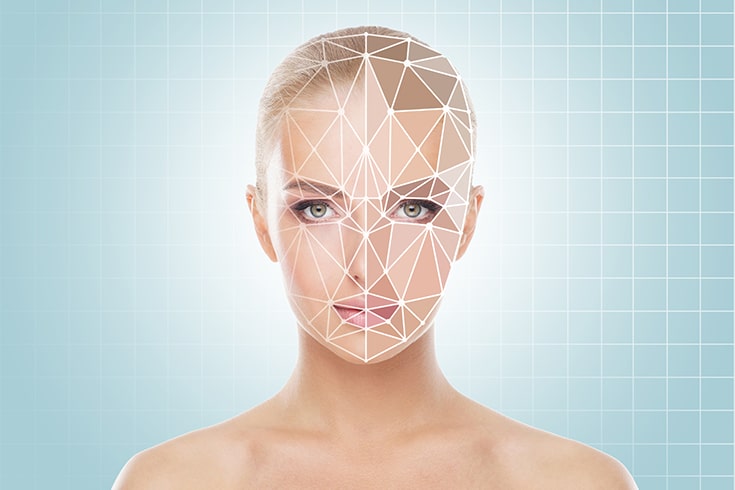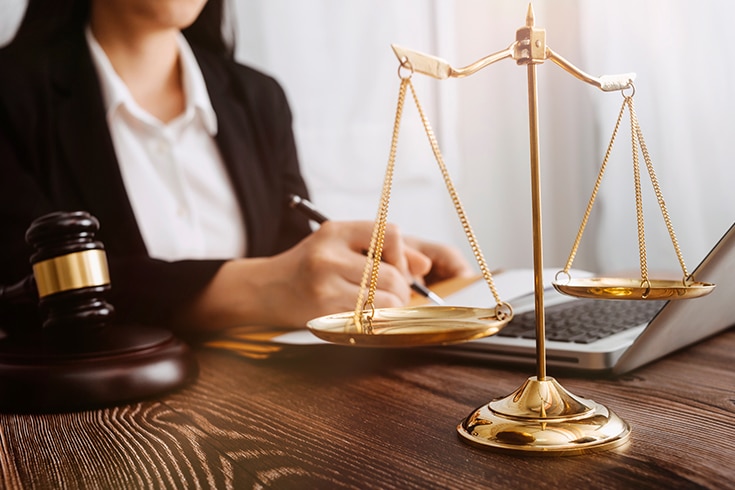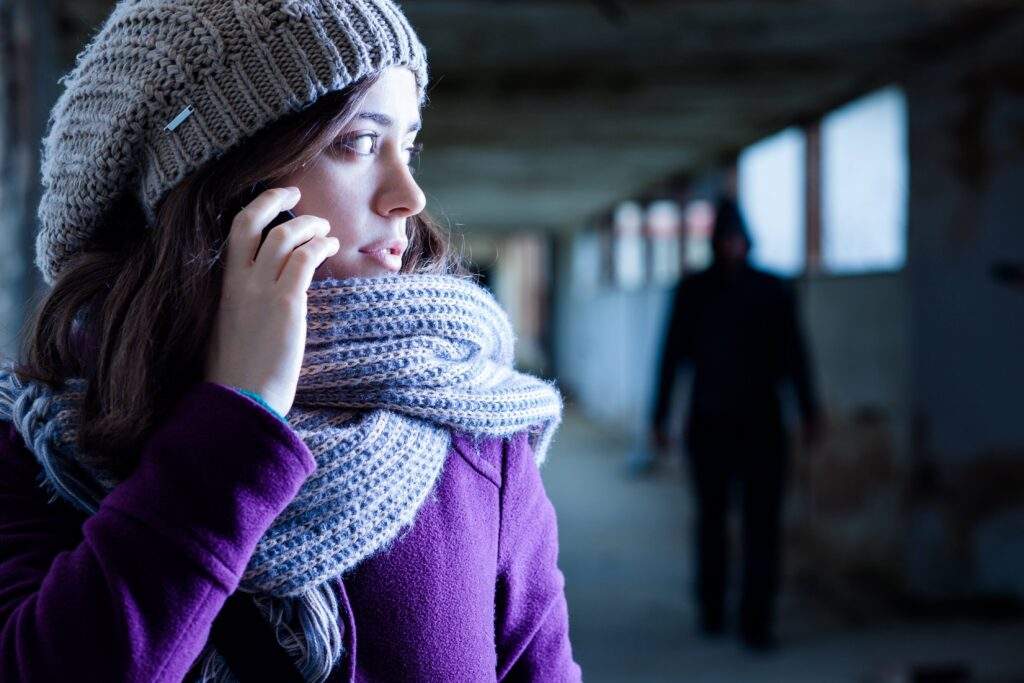How to Identify the Creator and Remove the Video if You Become a Victim of Deepfake

In 2020, there was news of an individual being arrested for defamation and violation of the Japanese Copyright Law, after they published videos on Twitter and paid sites where the faces of adult video performers were replaced with those of popular celebrities. Such videos are referred to as “deepfakes”.
While the technology behind deepfakes is said to have originally been developed at Stanford University in the United States, in recent years, there has been an increase in cases in Japan where celebrities and public figures have fallen victim to deepfake videos.
In this article, we will explain the process of identifying the uploader and removing the video for talent agencies whose affiliated celebrities or talents have been victimized by deepfakes, specifically when their faces have been used without permission and uploaded to video sites.
What is Deepfake?
Deepfake is a new risk that has recently started to be recognized as a problem. First, let’s explain what Deepfake is and what kind of damage is feared.
Deepfake is a technology that utilizes AI
Deepfake is a word created by combining “deep” learning by artificial intelligence (AI) and “fake” which means counterfeit. In other words, a fake video intentionally synthesized using deep learning technology is called Deepfake.
In Deepfake technology, if you prepare hundreds to thousands of images of the target person, the algorithm will analyze and learn the person’s facial expressions and features through deep learning.

Based on this learning, it is possible to replace a video featuring someone else with a video featuring the target person. Not only images, but also accents and intonations of voices can be created in the same way by deep learning.
Until now, even if synthetic images and videos were created, they remained at a low accuracy that was clearly synthetic. However, with the recent advancement of IT technology, Deepfake can now be created with such accuracy that it can be mistaken for the person’s own video.
Therefore, there is a risk that people who watch the video may mistakenly believe that the person acted as shown in the video.
Damage caused by Deepfake
The technology of Deepfake itself is not bad. However, with Deepfake, it is possible to disguise actions and statements that the target person has not actually made as if they existed.
Therefore, if someone with malicious intent uses Deepfake, it is possible to create adult videos featuring celebrities and famous people who have not actually appeared, as in the recent case where arrests were made.
Also, if Deepfake of a person in a position of influence in politics and economics, such as a government official, is created, the media that was deceived may spread it as fake news, which could lead to political instability and diplomatic problems. Therefore, it is starting to be recognized as a problem not only in Japan but also worldwide.
Criminality and illegality of Deepfake
This time, the first arrest related to Deepfake was made. According to the announcement by the Metropolitan Police Department, the suspect published a video on a paid site, etc., in which the face of an AV actress was replaced with the face of a female celebrity. According to the report, the charges at the time of arrest were the following two.
- Defamation against a female celebrity
- Copyright infringement of the AV production company
Defamation
The video in this case was posted on Twitter and paid sites, where an unspecified or large number of people can see it.
Therefore, it was judged that the victim, a female celebrity, was defamed by giving the impression to an unspecified number of viewers that she appeared in an AV.
Copyright infringement
Also, the creator of the adult video, the adult video production company, has copyright. One of the copyrights is the “right to maintain identity,” which is the right not to have the work arbitrarily altered against the will of the copyright holder.
In this case, the content of the video was altered without the permission of the adult video production company, so it can be said that the company’s right to maintain identity was infringed.
Invasion of privacy and portrait rights
Deepfake, which uses someone else’s face in a video without permission, usually constitutes an infringement of so-called portrait rights.
Also, invasion of privacy, in simple terms, is structured as “it is illegal to disclose a private matter of an individual (whether it is true or not) without permission,” and disclosing a sexual event of an individual, even if it is forged, usually constitutes an invasion of privacy.
https://monolith.law/reputation/personal-information-and-privacy-violation[ja]
However, infringement of portrait rights and privacy rights is illegal in civil law, and while it can be the basis for identifying posters and deleting videos through civil procedures and claiming damages from the perpetrator, it is not a “crime”. Therefore, just claiming such damage cannot prompt the police to investigate.
The law is not catching up with the development of technology
However, not all Deepfakes become crimes due to defamation or copyright infringement. Basically, the current law does not assume that sophisticated Deepfake videos can be created due to the advancement of AI technology. Therefore, the current situation is that there are some things that cannot be held criminally responsible under the current law.
If a video, like the one that led to the recent arrest, is published in a state where an unspecified or large number of people can view it, and the synthesized video contains content that generally lowers the image of a celebrity, it may be considered defamation.
Therefore, at present, when a celebrity is victimized, it is likely that many will claim that it constitutes defamation.
Identifying Deepfake Creators

If you become a victim, the first thing you might consider is identifying the creator. However, deepfakes are often traded in a closed world, and it’s not uncommon to be unable to trace their origins.
Here, we will explain the world in which deepfakes are created and how to identify their creators.
The Reality of Deepfake Creators
In the case of the recent arrests, it can be said that the damage came to light because it was made public in a place accessible to anyone. However, it is said that there is a large demand for adult videos of famous celebrities under the radar, and those arrested this time are thought to be just the tip of the iceberg.
For many deepfakes, there is a possibility that fans of celebrities are requesting their favorite (often adult-themed) videos to be created by deepfake technicians in special communities that are not visible from the outside.
There are also cases where payments to technicians are made in crypto assets to avoid detection, making it difficult to identify the creators.
How to Identify Deepfake Creators
Although it is difficult to identify the creator, if it is made public on a site accessible to anyone like Twitter, identification becomes possible. You can receive the disclosure of the IP address when the video was tweeted from Twitter, and use this as a clue to identify the creator. If you follow the proper procedures and succeed in identifying them, you can find out their address, name, and email address.
The method of identifying the creator in this case is basically the same as in cases where you have been defamed on the internet like Twitter. We explain the procedure for identifying posters on the internet in detail in the following article.
Note that this procedure is a civil one, and as long as there is an infringement of portrait rights or privacy rights as mentioned above, it is recognized even if it is not a “crime”.
https://monolith.law/reputation/disclosure-of-the-senders-information[ja]
However, as mentioned earlier, if a deepfake video is created on a closed community, it may be difficult to identify the creator in reality.
As one possibility, if it can be said that it constitutes a crime like this case, it is possible to identify the deepfake creator through police investigation by filing a criminal complaint.
Removal of Deepfake Videos
If a deepfake video contains content that degrades the social image of the victim, it is essential to remove the video.

Furthermore, if the video is published on the internet, the longer it remains public, the more it will spread. Therefore, it is desirable to take action as soon as possible once you notice the damage.
Request for Removal to the Deepfake Creator
If the creator can be identified through the aforementioned procedures, it is also possible to directly request the creator to remove the video.
If the creator has an account on platforms like Twitter or Instagram, you may consider contacting them using the Direct Message (DM) feature.
However, if the victim contacts the creator, there is a risk that the creator may delete their account or evidence and escape. Therefore, it is advisable to store anything that could serve as evidence of the damage before requesting the creator to remove the video.
Request for Removal to the Site Administrator
If the creator cannot be immediately identified, or if they are identified but are thought to be unresponsive to removal requests, there is an option to request removal from the administrator of the site where the video is posted.
For example, if the video is posted on Twitter or a popular bulletin board, the operating company may remove content that violates their terms of service.
When requesting removal due to a violation of the terms of service, it is important to check the terms of service of the website where the video is posted and specifically indicate which clause is being violated.
Furthermore, if the website administrator does not comply with the removal request, you can request the removal of the problematic article through a provisional disposition, a procedure through the court. For more details on provisional dispositions for removing posts on the internet, please refer to the following article.
https://monolith.law/reputation/provisional-disposition[ja]
Summary
When celebrities or talents become victims of deepfake, it is crucial for their talent agencies to quickly gather information.
Furthermore, if a video suspected to be a deepfake is discovered, it is recommended to save the video and any related data from the site where it is posted, as well as the state of the posting, using photos, recordings, screenshots, etc., and immediately consider countermeasures.
As for the subsequent legal actions, it is generally necessary to consult with a lawyer as procedures need to be taken with courts and the police. At that time, it is recommended to consult with a lawyer who is knowledgeable about the workings of the internet and IT technology.
Category: Internet





















